Genghis Khan
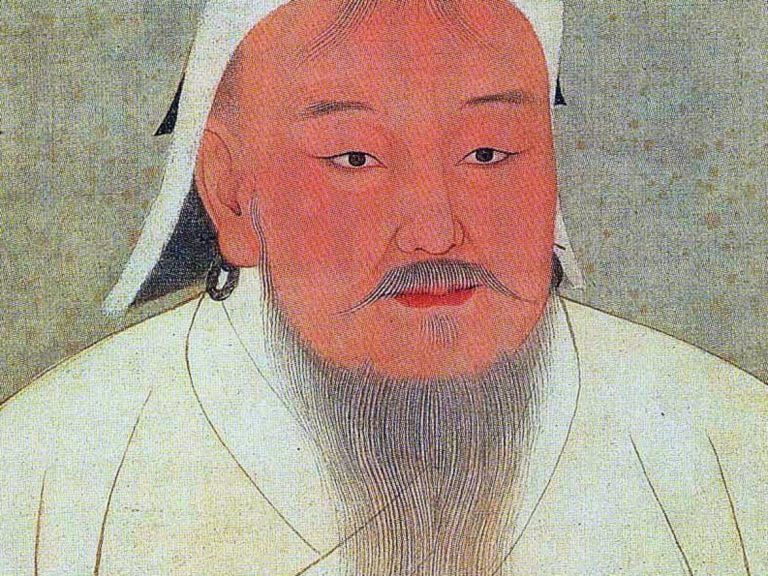
Genghis Khan founded the Mongolian Empire in 1206, spanning from the Pacific Ocean in the east to the Danube River & the shores of the Persian Gulf in the west.

Genghis Khan founded the Mongolian Empire in 1206, spanning from the Pacific Ocean in the east to the Danube River & the shores of the Persian Gulf in the west.

Interesting Facts about King Tuts Tomb in Valley of Kings, Egypt, which was a UNESCO World Heritage Site from 1979 and is part of Ancient Thebes with its Necropolis.
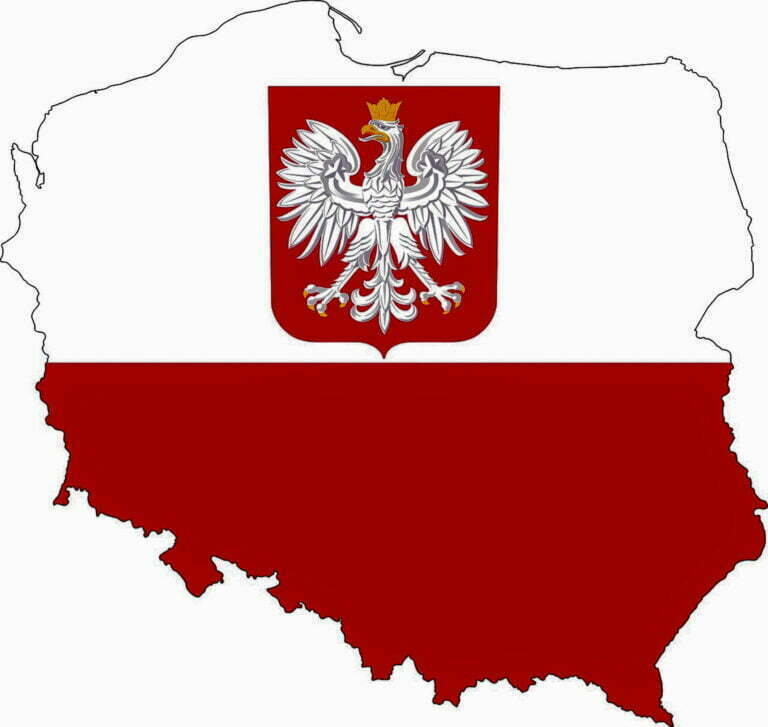
UNESCO world heritage sites Poland. UNESCO sites in Poland, varied landscapes include ancient woodlands, medieval castles, incredible salt mines, Auschwitz Birkenau
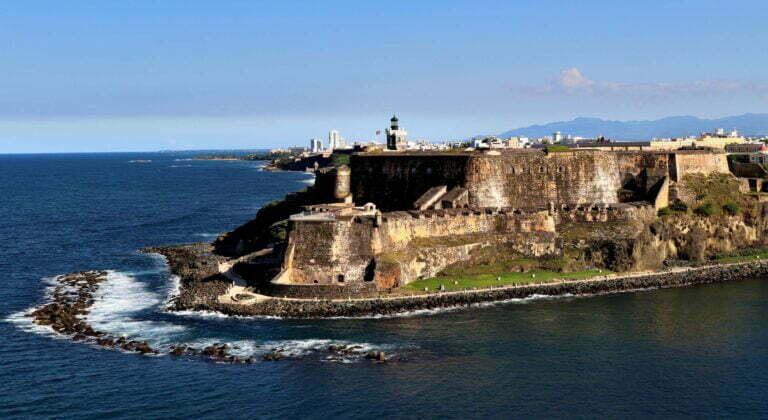
La Fortaleza and San Juan National Historic Site in Puerto Rico, USA, were designated as UNESCO World Heritage Sites in 1983.
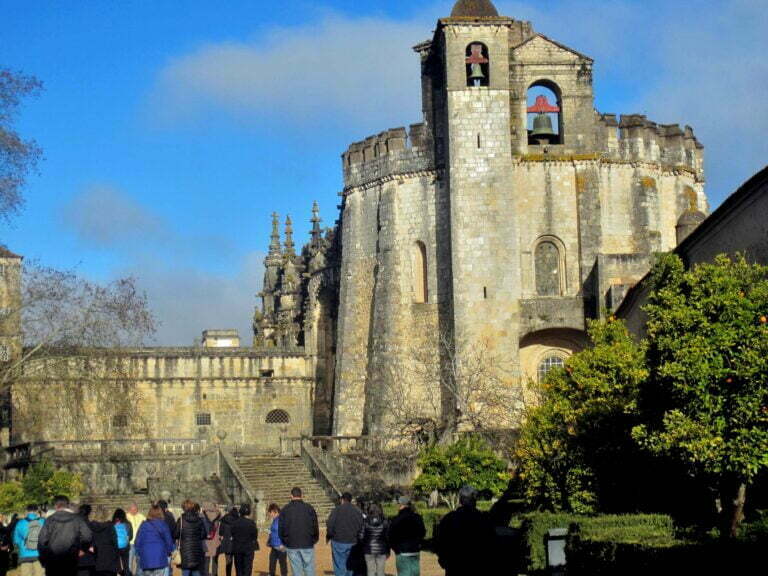
Convent of Christ in Tomar is located on the Nabao River, a tributary of the Zêzere, northeast of Lisbon, central Portugal, and was a UNESCO World Heritage Site from 1983 onwards
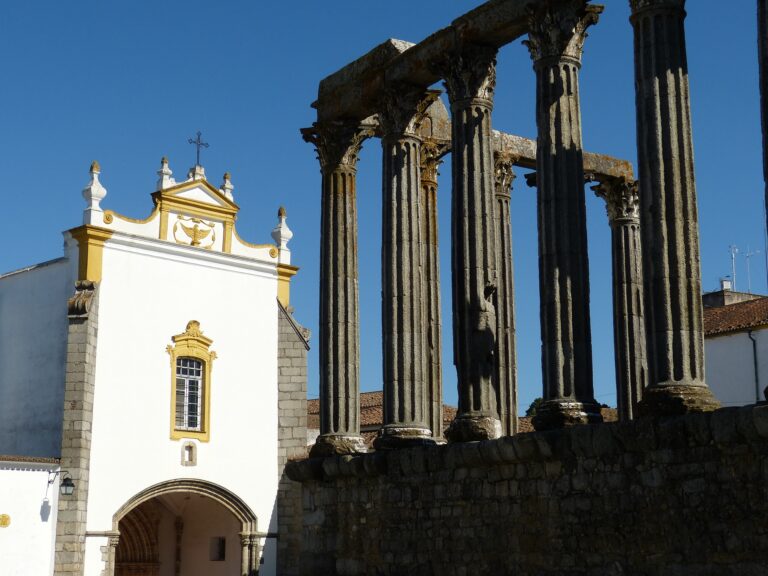
Evora is a museum-city that lies in a fertile valley surrounded by low hills, east of Lisbon, Portugal, and was a UNESCO World Heritage Site from 1986 onwards.
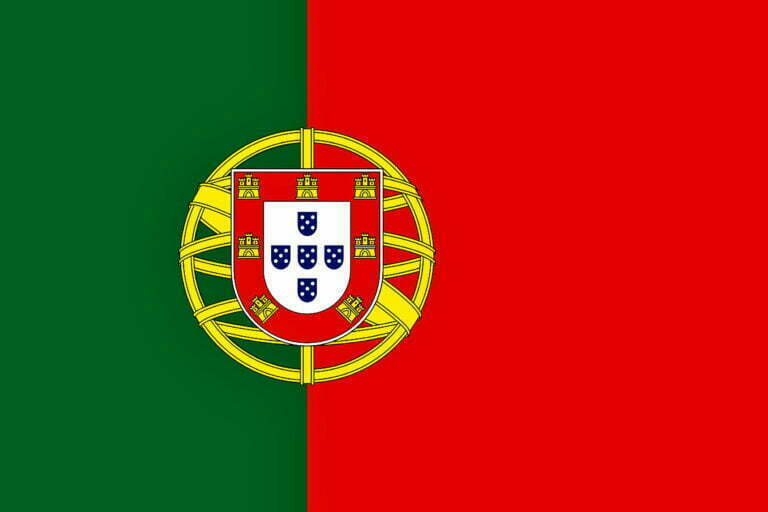
UNESCO World Heritage Sites Portugal includes 17 places in total, 16 designated as cultural and 1 natural. There are a further 19 names on the tentative list

Canal du Midi, or Midi Canal, and commonly referred to as the French Canal du Languedoc, is a historic canal in the Languedoc region of France and was a UNESCO World Heritage Site from 1996 onwards

Lyon, also spelled Lyons and commonly referred to as Lyon, is in the Auvergne-Rhône-Alpes region of France and was a UNESCO World Heritage Site from 1998 onwards.

Cathedral of Notre-Dame lies at the eastern end of the Île de la Cité, Paris, France, and was a UNESCO World Heritage Site from 1991 onwards.
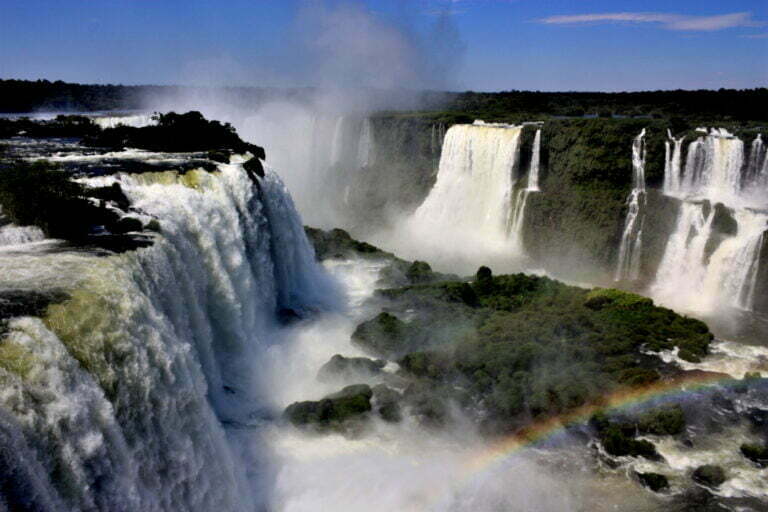
Iguaçu Falls, part of Iguaçu National Park in Paraná State, Brazil, shared with Iguazu National Park in Argentina, was a UNESCO World Heritage Site in 1986.

Iguazu falls tours both sides: comprise Iguazu falls in Argentina and Iguaçu Falls in Brazil were designated as UNESCO World Heritage Sites in 1984 and 1986.